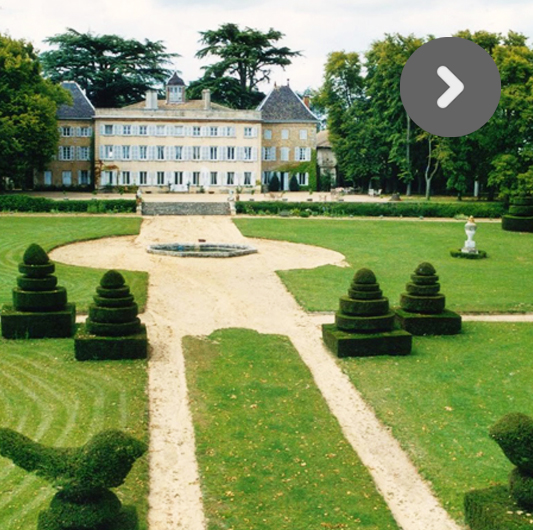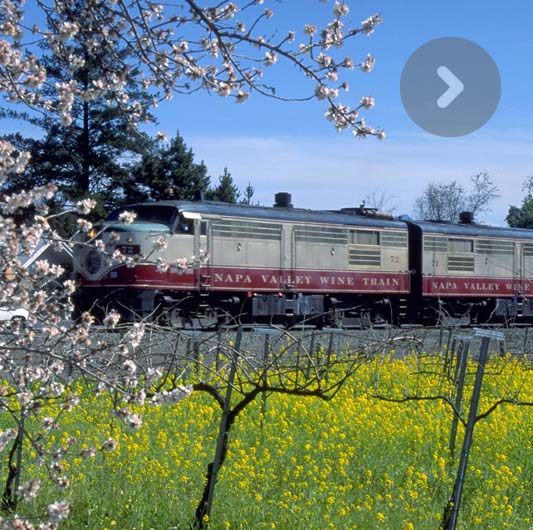A hero, a genial builder, a rugby club … In Béziers, the monument tells the time and the history of its children. It is the city that gave birth to a “résistant”: Jean Moulin, resistant hero of World War II was born in Béziers.
Espace Riquet. A space was dedicated to art Contemporain that, with the Galerie Romanin dedicates an exhibit recalling the life of Jean Moulin. Before being enlisted, Jean Moulin, passionately fond of art, was a designer, aquarellist and art collector. A discovery, 17 rue Massol. Tel.: 04 67 28 44 18
Le Canal du Midi. Classified in the Patrimoine Mondial de l’Humanité (World Heritage Site) by Unesco in 1996, the magistral work of Paul Riquet was built during the reign of Louis 14th.The canal crosses Béziers and links the Atlantic to the Mediterranean on 240 kilometers.
La statue de Pépézuc. Located on its own place, it honored a Roman emperor, and later Montpezuc, who was born in Béziers and defended the city against the English in 1355.
Les Allées Paul Riquet. The statue of Paul Riquet, engineer and entrepreneur, sculpted by David d’Anger to thank Paul Riquet for conceiving and executing the Canal du Midi, occupies a place of honor in the Allées arranged on the outline of the ramparts and the moats dating from the 17th century.
Le cimetière Vieux. A testimony to the fortune of winemakers in the 19th century. The ornaments of the tombs are signed by renowned artists such as Injalbert and Villeneuve.
Villa Antonine. The Béziers sculptor Injalbert used to live there. The works of the master are exhibited in the public garden, 74 rue Jean Valette.
La Cathédrale Saint-Nazaire. The cathedral, an Episcopal seat since (76,0 ??) is raised at the top of the hill. Of Gothic meridional architecture, it was built between the 13th and the 15th centuries. The 14th century cloister was never completed. A magnificent view of the plain of the Orbe and the sea can be obtained from the jardin des Evêques.
Musée de la Faience Château de Raissac
The space of ancient stables was needed to exhibit and store the collection and the works of Christine Viennet, so rich is her museum dedicated to the art of the table. Faiences from France and elsewhere, from yesterday and today, the choice is unbelievable and delicately executed. Christine’s “Trompe l’Oeil” creations, influenced by Bernard Palissy, tend toward sculpture where the oniric and fantasy world of the sea intertwines with the vegetal world. Visit upon reservation.
Tel.: 04 67 49 17 60
Château de Raissac
In Puech Cocut, the cuckoo’s hill, erected on the traces of a Roman villa, the neo-classical style castle represents the triumphant viticulture of 19th century. The castle, erected on a Roman site, has remained in the same family since 1828. A family of “artistic viticulturists ” outside the norms. The ambiance is Arty and the decor neo-classical at the Viennets’. Christine is a ceramicist of international renown; Jean is a painter of great talent; his works cover the walls of the salons. Their son Gustave babies the 30 hectares of a noble vineyard. In the castle, his wife Marie manages the five new and superb rooms and the table; she receives guests with exquisite grace. Raissac is a seductive place full of charm and fantasy. The wines are witty also: Cuvée Belmont, syrah and grenache, soft and silky, is very successful in New York. Very expressive wines cultivated in a winemaking plant of the 17th century dug in the rock, unique in Languedoc. Visit of the vineyard and tasting in the cellar. Château Hostellerie open all year. Tel.: 04 67 28 15 61
www.raissac.com










